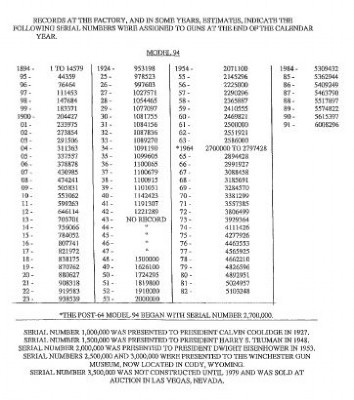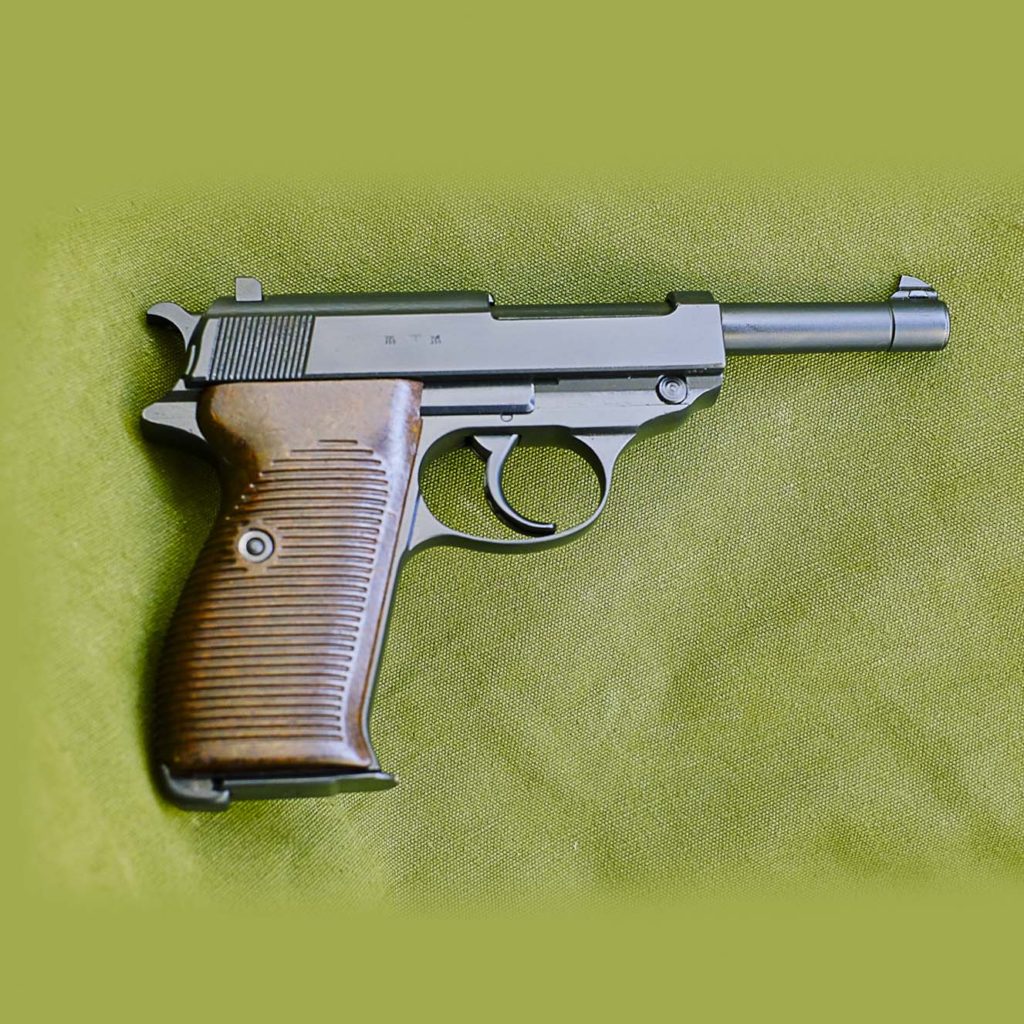

Walther kept this code with the last two digits of the year of manufacture until the end of the war in 1945. These were made with the Walther banner and under the codes "480", "ac" and "ac40". After delivering only 1470 guns in 1939 for test purposes, Walther started regular production programme in 1940 but due to manufacturing problems, only 25,000 guns were produced that year. Its official designation became "Pistole 38" or P.38 signifying the year of official introduction into the army.īeing designed for mass production, the cost for the necessary amounts of raw material -steel, etc.- was also much less than for the Luger (P.08: 11.50 Reichmark in 1939, P.38: 5.60 Reichmark in 1940). After some changes regarding its name,, and several other mechanical changes, the gun was finally given its approval by the military. All pistols were rejected by the Heereswaffenamt in favour of the Walther submission. Several well-known German manufacturers took part in the competition which included Sauer & Sohn, the Berlin-Suhler Waffenfabrik and Mauser with its model HSv. In 1935 the German "Heereswaffenamt" or "HWaA" began serious research for a replacement of the old Luger as they felt that the cost, as well as the sensitivity of the P.08 to its ammunition, was too high. Note: Pics of pistol provided courtesy of member "Claven2". Observations: (excerpted from "Guns Review", Volume 26, No.

380,000 manufactured by Mauser between 19 6 groove, right hand twist.īarrel Length.


 0 kommentar(er)
0 kommentar(er)
